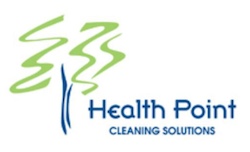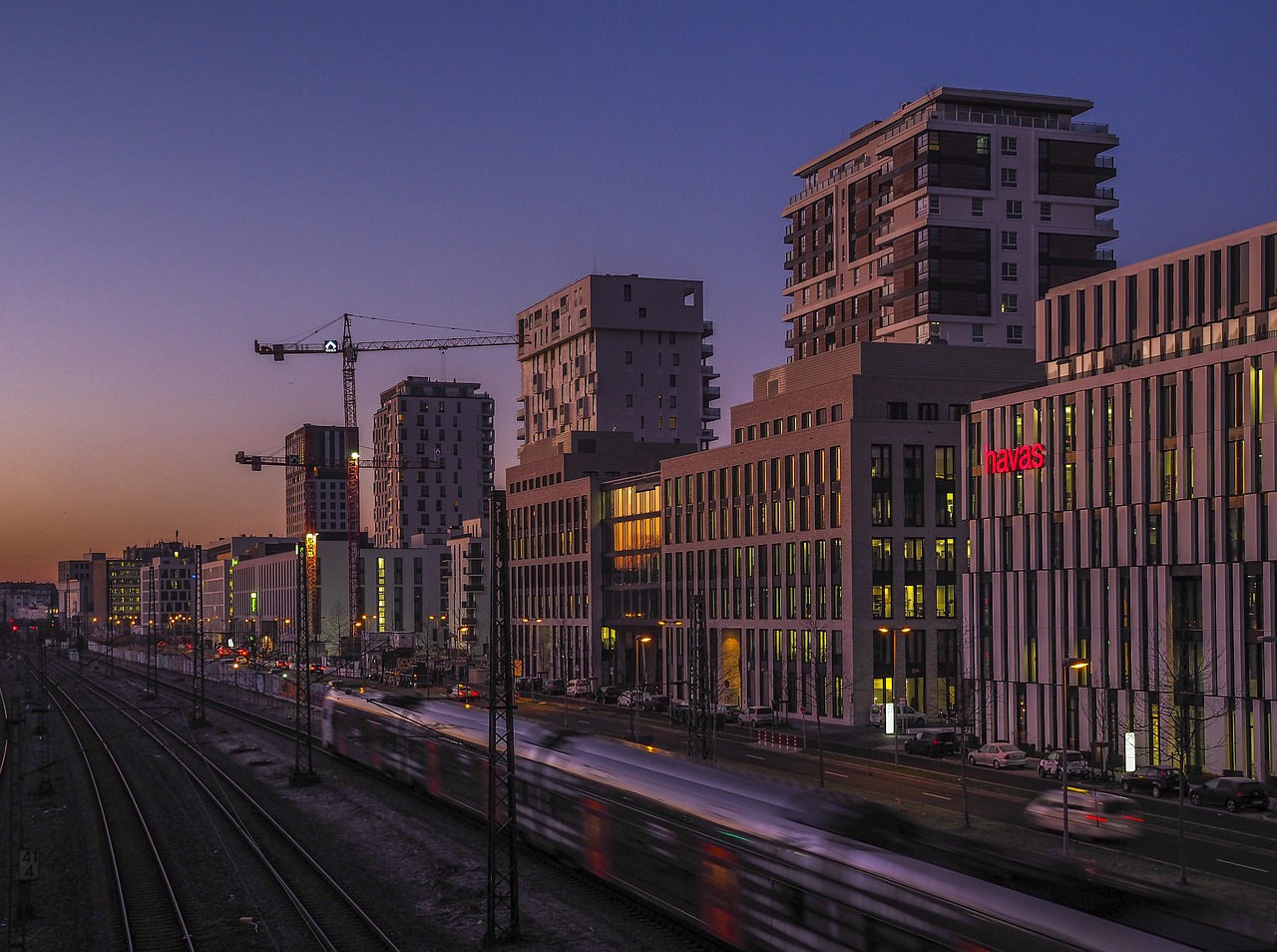High-traffic area maintenance is crucial for cleanliness and safety in commercial spaces. Discover effective tips for upkeep success.
High-traffic areas in commercial spaces need regular upkeep to maintain cleanliness, safety, and appearance. These busy spots require special attention due to constant foot traffic and wear. Let’s look at practical ways to keep these areas in top shape.
Table of Contents
Key Takeaways:
- Regular cleaning schedules are vital for high-traffic areas
- Use durable materials that can withstand heavy use
- Focus on safety measures to prevent slips and falls
- Implement preventive maintenance to extend the life of surfaces
- Choose cleaning products suited for specific materials and soils
- Train staff on proper cleaning techniques for busy areas
- Consider professional cleaning services for thorough maintenance
Understanding High-traffic Area Maintenance in Commercial Settings
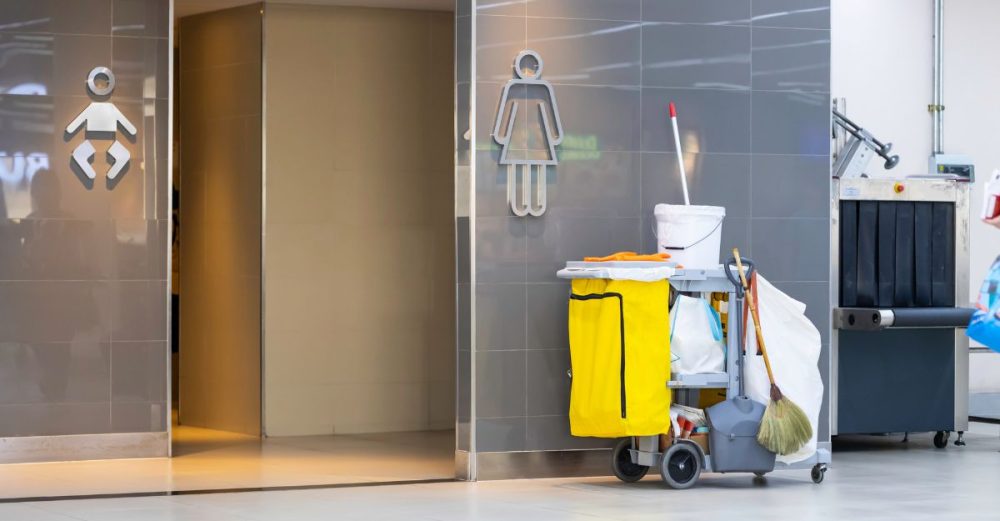
High-traffic areas are the busiest spots in any commercial building. These include entryways, lobbies, hallways, elevators, and restrooms. In Minneapolis, where winters can be harsh, these areas often face extra challenges from snow, salt, and sand tracked in by visitors.
Identifying Your Building’s High-Traffic Zones
Every building has its flow of traffic. To maintain these areas effectively, you need to know where people move most. Watch how folks use your space. Are there certain paths that see more action? Spots where dirt builds up faster? Knowing these areas helps you focus your cleaning efforts where they’re needed most.
The Importance of Regular High-traffic Area Maintenance Cleaning Schedules
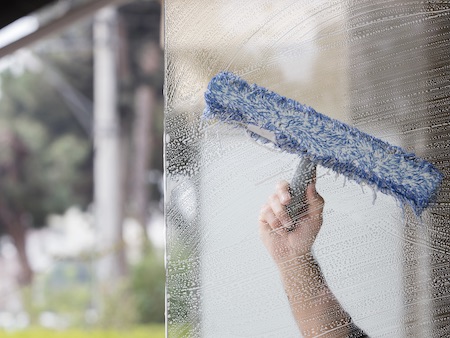
Keeping high-traffic areas clean isn’t a one-time job. It needs a steady, ongoing effort. Set up a cleaning schedule that matches how much use each area gets. Some spots might need attention several times a day, while others can do with once-daily cleaning.
Daily Cleaning Tasks for Busy Areas
Make a list of tasks that need to be done every day. This might include:
- Sweeping or vacuuming floors
- Mopping hard surfaces
- Wiping down door handles and light switches
- Emptying trash bins
- Cleaning glass doors and windows
Stick to this list to keep things looking good and hygienic all day long.
Choosing the Right Materials for High-traffic Area Maintenance Zones
When it comes to flooring and other surfaces in busy areas, durability is key. Choose materials that can stand up to constant use without wearing out quickly. In Minnesota, where winter boots can track in lots of moisture, water-resistant flooring is a smart choice.
Flooring Options for Heavy Use
Different types of flooring suit different needs:
- Vinyl: Tough and easy to clean, good for most commercial spaces
- Ceramic tile: Durable and water-resistant, great for entryways
- Carpet tiles: Can be replaced individually if worn or stained
- Rubber flooring: Offers good traction, useful in areas where slips are a concern
Pick what works best for your space and budget.
Safety First: Preventing Slips and Falls
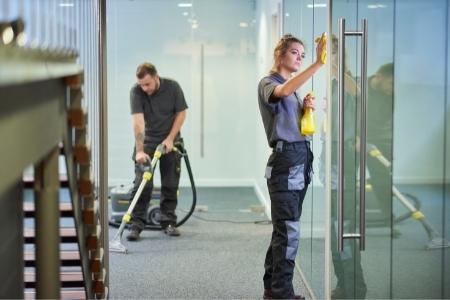
Safety should be a top priority in high-traffic areas. Slips and falls can lead to injuries and lawsuits. Take steps to keep your floors safe, especially during Minnesota’s wet and icy months.
Effective Use of Floor Mats
Floor mats are your first line of defense against slips. Place mats at all entrances to catch dirt and moisture. Use mats with non-slip backing and make sure they lie flat to prevent tripping. Clean and replace mats regularly to keep them working well.
Preventive High-traffic Area Maintenance Strategies
Don’t wait for things to break down. Regular checks and fixes can save you money and hassle in the long run. Look for signs of wear and tear before they become big problems.
Regular Inspections and Quick Repairs
Walk through your high-traffic areas often. Look for:
- Loose tiles or carpet edges
- Cracks in flooring
- Worn thresholds
- Damaged door handles or push plates
Fix small issues right away to prevent them from getting worse.
Selecting Appropriate High-traffic Area Maintenance Products
Not all cleaning products work the same way. Choose the ones that are right for your surfaces and the kind of dirt you’re dealing with. In Minneapolis, where road salt is common in winter, you might need special cleaners to tackle salt residue.
Green Cleaning Solutions for Eco-Friendly Businesses
Many businesses in Minneapolis are moving towards greener practices. Look for eco-friendly cleaning products that work well but are gentler on the environment. These can be just as effective as traditional cleaners when used correctly.
Training Staff for Effective Cleaning Practices
Your cleaning staff are key to keeping high-traffic areas in good shape. Make sure they know the best ways to clean different surfaces and how to use equipment safely.
Proper Use of Cleaning Equipment
Teach your team how to use mops, vacuums, and other tools correctly. This helps get the job done right and makes the equipment last longer. Show them how to clean and store equipment after use.
Managing Peak Traffic Times
Some parts of the day are busier than others. Plan your cleaning around these peak times. You might need to do quick touch-ups during busy periods and more thorough cleaning when things slow down.
Strategies for Cleaning During Business Hours
Cleaning while people are around can be tricky. Use “wet floor” signs when mopping. Consider using quieter cleaning methods during business hours. Sometimes, a quick sweep or spot-clean is enough to tide things over until a deeper clean can be done.
High-traffic Area Maintenance: Dealing with Seasonal Challenges
Minneapolis weather can be tough on buildings. In winter, salt, and slush get tracked in. In spring and fall, leaves and mud can be an issue. Adjust your cleaning routine to deal with these seasonal changes.
Winter Maintenance Tips
During snowy months:
- Increase the frequency of entryway cleaning
- Use salt-specific cleaners on floors
- Keep extra mats on hand for very wet days
The Role of Professional High-traffic Area Maintenance Cleaning Services
Sometimes, it pays to bring in the pros. Professional cleaning services have the tools and know-how to clean high-traffic areas thoroughly. They can also help with specialized tasks like carpet shampooing or floor waxing.
When to Consider Outsourcing Cleaning Tasks
Think about hiring professionals for:
- Deep cleaning carpets
- Stripping and waxing floors
- High dusting in tall lobbies
- Window washing
These tasks often need special equipment that most businesses don’t have on hand.
Monitoring and Improving Your Maintenance Plan
Your maintenance plan should change as your needs do. Keep track of what’s working and what’s not. Ask for feedback from staff and visitors about the cleanliness of high-traffic areas.
Using Feedback to Enhance Cleaning Protocols
Set up a way for people to report cleaning issues. This could be a simple form at the front desk or an online system. Use this feedback to make your cleaning routines better over time.
Cost-Effective Maintenance Solutions
Keeping high-traffic areas clean doesn’t have to break the bank. Look for ways to clean efficiently without cutting corners on quality.
Balancing Quality and Budget in Cleaning Practices
Here are some ways to save money while maintaining cleanliness:
- Buy cleaning supplies in bulk
- Invest in quality equipment that lasts longer
- Train staff to clean efficiently to save time
- Use multi-purpose cleaners where possible
Technology in High-Traffic Area Maintenance
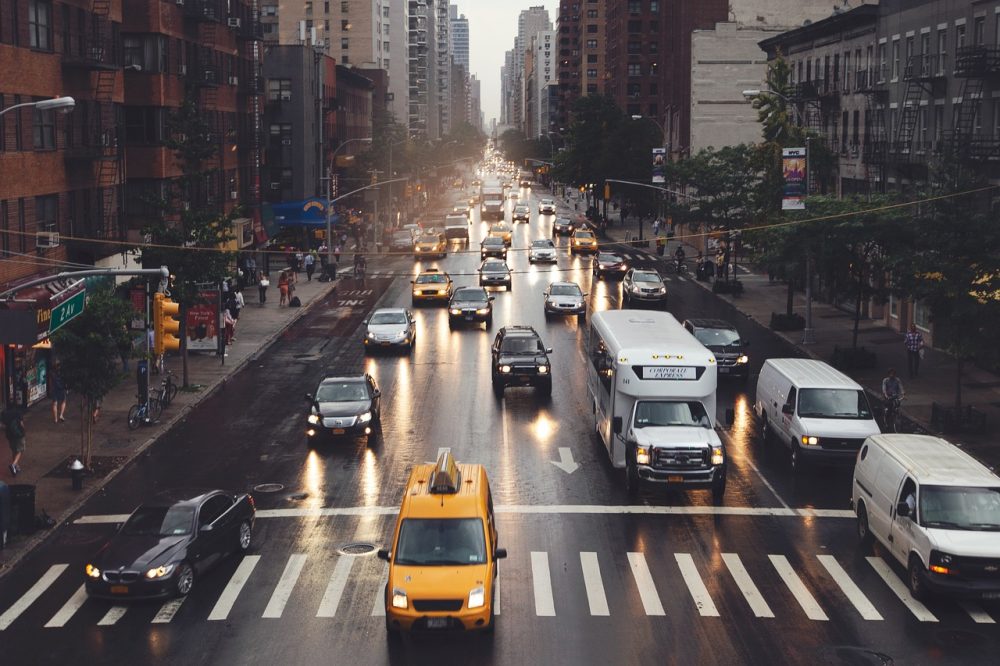
New tech can make maintaining busy areas easier. From smart scheduling apps to high-tech cleaning machines, there are lots of options to explore.
Innovative Cleaning Equipment for Busy Spaces
Consider trying out:
- Robotic floor cleaners for after-hours maintenance
- Microfiber mops that clean more effectively with less water
- No-touch cleaning systems for restrooms
These can save time and improve cleanliness in the long run.
Adapting to Changes in Traffic Patterns
As your business changes, so might your traffic patterns. Keep an eye on how people move through your space and adjust your cleaning plan accordingly.
Flexible Cleaning Schedules for Changing Needs
Be ready to shift your cleaning times and methods as needed. If you notice a new high-traffic area forming, add it to your regular cleaning rotation.
Maintaining a Positive First Impression
For many businesses, high-traffic areas are where customers get their first impression. Keeping these spaces clean and well-maintained is key to making a good first impression.
The Impact of Clean Entryways on Customer Perception
A clean, well-kept entryway sets the tone for the whole visit. Make sure your entrance is always at its best, with clean floors, spotless windows, and tidy reception areas.
Addressing Specific High-Traffic Area Challenges
Different types of high-traffic areas have their own cleaning needs. Let’s look at some common ones:
Elevator Maintenance in Busy Buildings
Elevators see a lot of use and can get dirty quickly. Focus on:
- Cleaning buttons and panels often
- Vacuuming elevator tracks
- Keeping mirrors and metal surfaces shiny
Restroom Upkeep in Commercial Spaces
Restrooms need special attention. They should be cleaned multiple times a day, with a focus on: – Sanitizing surfaces – Restocking supplies – Keeping floors dry and clean
Employee Involvement in Maintaining Clean Spaces
Getting everyone involved can make a big difference in keeping high-traffic areas clean.
Encouraging a Clean Workplace Culture
Teach employees the importance of keeping shared spaces tidy. Simple things like wiping down tables after use or reporting spills quickly can help maintain cleanliness throughout the day.
Long-Term Planning for High-Traffic Area Upkeep
Think ahead when it comes to maintaining busy areas. Plan for regular deep cleans and occasional renovations to keep your space looking its best.
Budgeting for Major Cleaning and Renovation Projects
Set aside funds for bigger cleaning projects and updates. This might include: – Annual carpet deep cleans – Repainting high-wear areas – Replacing worn flooring To ensure that these big cleaning projects and updates can be done on schedule, it’s important to set aside funds specifically for these purposes. In addition to budgeting for these bigger projects, it’s also important to implement regular floor care tips to prolong the life and appearance of your flooring. Simple practices such as regular vacuuming, spot cleaning, and using area rugs in high-traffic areas can help maintain the appearance of your floors and reduce the need for major updates.
Planning for these expenses helps avoid surprises down the road.
Measuring the Success of Your Maintenance Efforts
It’s important to know if your cleaning efforts are paying off. Set up ways to track the cleanliness of your high-traffic areas over time.
Key Performance Indicators for Cleanliness
Consider tracking things like the number of complaints about cleanliness
- The time between major cleaning tasks
- Staff satisfaction with workplace cleanliness
Use these metrics to see how well your maintenance plan is working and where you might need to make changes.
| Area Type | Cleaning Frequency | Key Focus Points |
|---|---|---|
| Entryways | Multiple times daily | Floor cleanliness, glass surfaces, mats |
| Elevators | 2-3 times daily | Buttons, mirrors, floors |
| Restrooms | Every 2-3 hours | Sanitization, restocking, floor dryness |
| Hallways | Daily | Vacuuming, spot cleaning |
| Break Rooms | After each major use | Table wiping, floor cleaning, trash emptying |
| Cleaning Task | Tools Needed | Frequency |
|---|---|---|
| Floor Mopping | Mop, bucket, cleaning solution | Daily |
| Carpet Vacuuming | Commercial vacuum | Daily |
| Surface Disinfection | Disinfectant wipes or spray | Multiple times daily |
| Glass Cleaning | Glass cleaner, microfiber cloth | Daily |
| Trash Removal | Gloves, trash bags | Daily or as needed |
Maintaining high-traffic areas in commercial spaces requires consistent effort and smart planning. By focusing on regular cleaning, using the right materials, and adapting to your specific needs, you can keep these busy areas looking great and functioning well. Remember, a clean and well-maintained space not only looks good but also contributes to a healthier, safer environment for everyone who uses it. For more information, you can visit our website or contact us.
